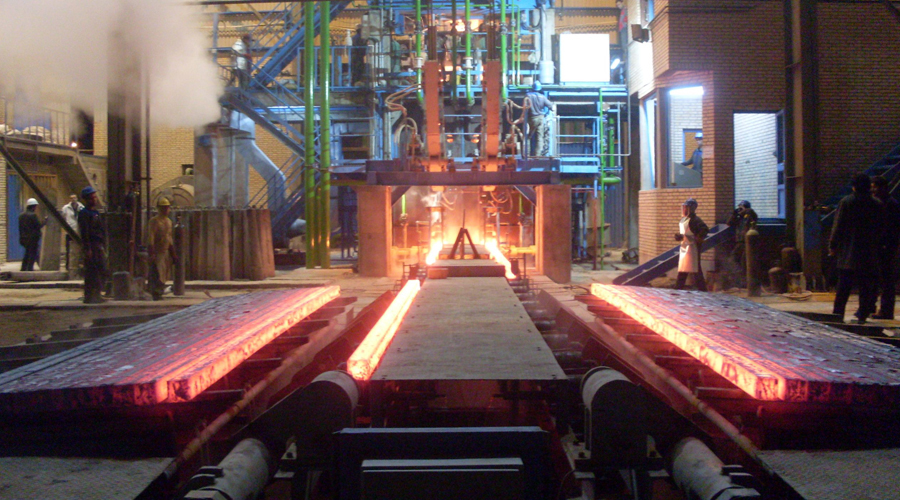How is billet made? First we need to understand something about steel billets.
The production of steel billets begins with the selection of suitable raw materials. These raw materials are mainly metals such as steel, aluminum or copper, carefully selected based on their properties and intended application. Once the raw materials have been selected, they undergo a melting process.
How is billet made? – Steel Billet
Melting is the primary stage of billet production. It involves subjecting raw materials to high temperatures, converting them into a molten state. The melting process can be achieved by various methods, including electric arc furnaces, induction furnaces or oxygen converters, depending on the type of metal used.
Once the molten metal is obtained, impurities and unwanted elements are removed through a process called refining. Refining involves adding specific alloys or fluxes to the molten metal to enhance its properties and remove any impurities, such as sulfur or carbon. This refining stage is critical to ensure the quality and integrity of the final billet.
After the molten metal is refined, it is poured into casting molds. Casting molds are usually made of steel and are designed to shape molten metal into the desired shape of the billet. Molten metal is poured into the mold and allowed to solidify and cool.
The cooling process is carefully controlled to ensure that the metal solidifies evenly with minimal internal stress. This is essential to prevent defects and ensure the structural integrity of the blank. Depending on the size and type of metal used, various cooling methods can be used, such as air cooling, water quenching, or controlled cooling using specialized equipment.
Once the blank has solidified and cooled, it is further processed to remove any surface imperfections or irregularities. This is accomplished through a process called conditioning. Conditioning involves grinding, cutting or machining the blank surface to obtain a smooth, clean and dimensionally accurate product.
Once the blank is conditioned, it can undergo further metalworking processes such as forging, extrusion, or rolling, depending on its intended application. These processes apply pressure or tension to the metal to shape the blank into a final product, such as a bar, rod, or plate.
In summary, the production of steel billets involves a carefully controlled series of steps, from the selection of raw materials to the final shaping of the metal. The process includes melting, refining, casting, cooling and tempering, all of which contribute to the production of high-quality steel billets.
The versatility and importance of steel billet in various industries make understanding their manufacturing processes critical to efficient, reliable metal production.
The above is part of the content about how is billet made. If you have any questions or needs about steel billets, billet continuous casters and other metallurgical equipment, please feel free to contact us at any time.

